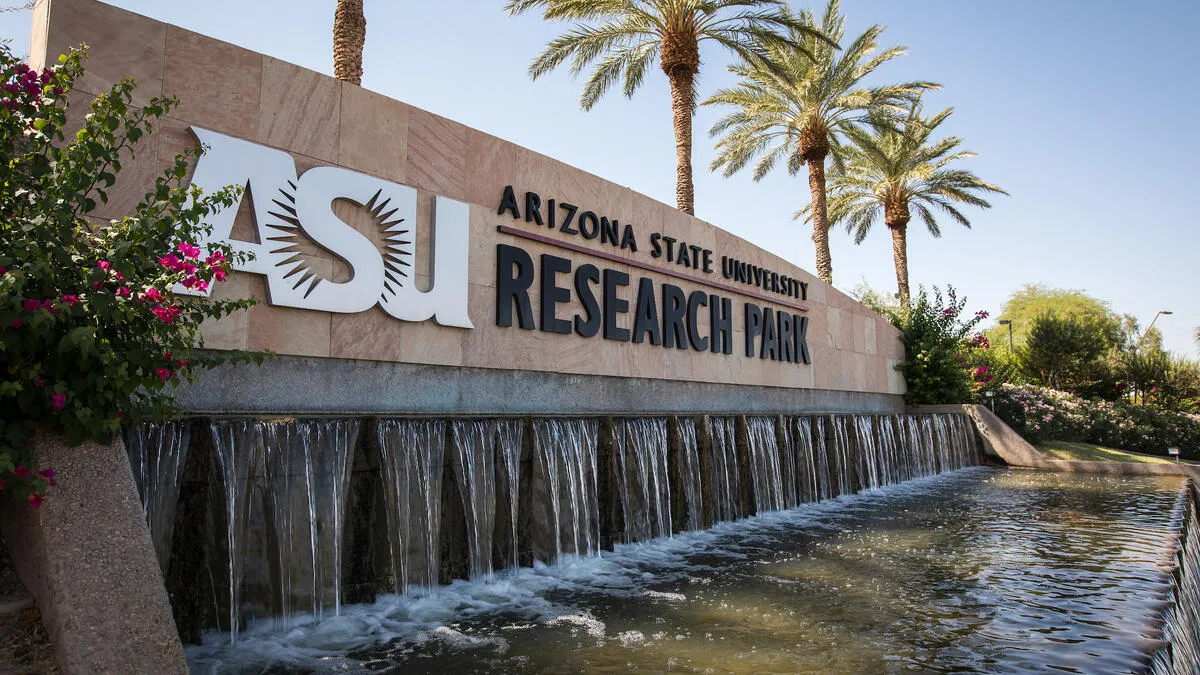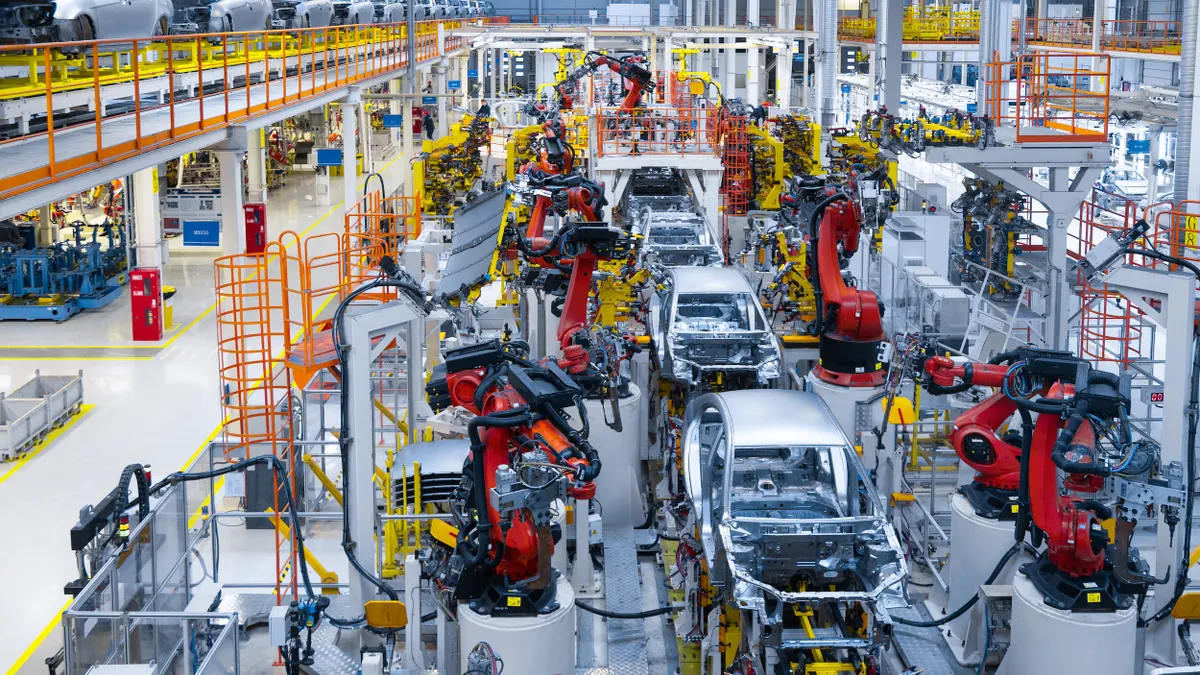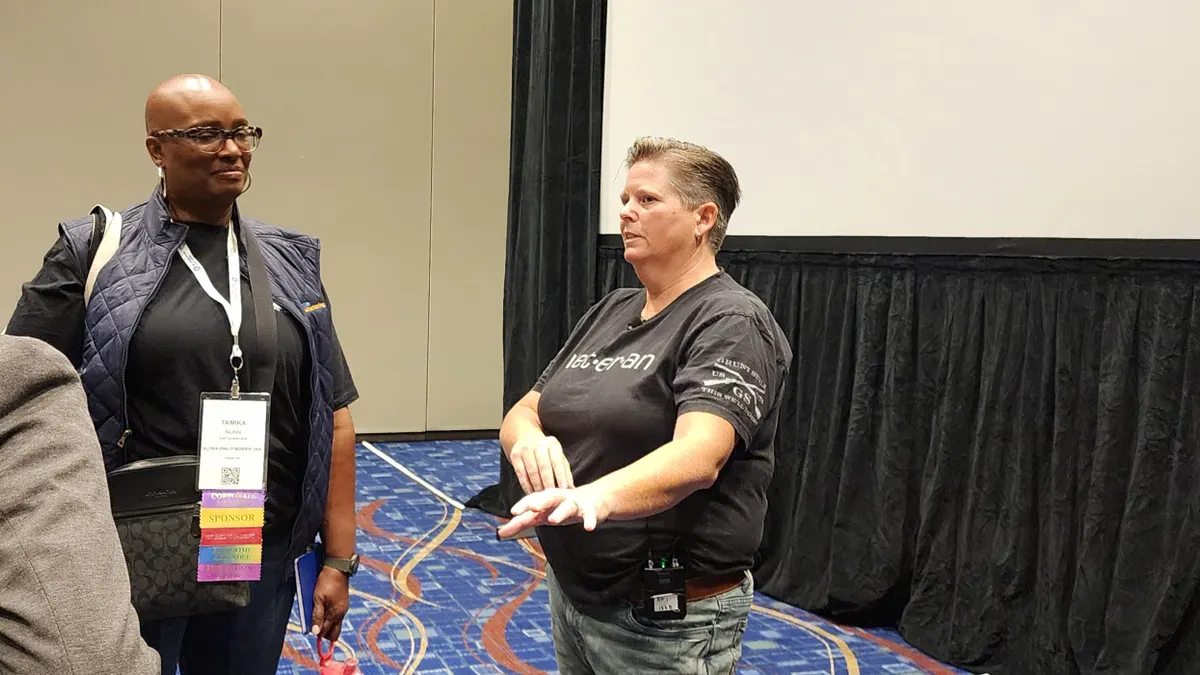Dive Brief:
- Arizona State University Research Park in Tempe, Arizona, will be the site for the third flagship CHIPS for America research and development facility, the Department of Commerce and its nonprofit Natcast announced Jan. 6.
- The facility will focus on semiconductor prototyping and packaging and feature advanced 300-millimeter wafer capabilities, the release stated.
- The Arizona facility will be operational by Q4 2028, create hundreds of new jobs and have the highest financial investment of the three facilities, according to ASU’s press release. The specific amount hasn’t been disclosed by the department yet.
Dive Insight:
Part of three flagship CHIPS R&D centers, the Advanced Packaging Piloting Facility aims to address lab-to-production challenges such as the absence of shared access to specialized facilities, shared infrastructure and capital, according to Natcast’s release.
The Arizona facility will support diverse R&D activities in a manufacturing-like setting, enabling experiments with novel materials and device architectures not feasible at traditional manufacturing sites. It will include an advanced packaging piloting line to facilitate the development and commercialization of emerging packaging processes.
The project will leverage Arizona's major microelectronics ecosystem and existing partnerships with ASU. The state has the highest investment amount of CHIPS semiconductor manufacturing in the country, with Intel and Taiwan Semiconductor Manufacturing Co. making up the biggest awards.
In the meantime, Natcast will utilize ASU’s advanced chip resources, including MacroTechnology Works—a 250,000-square-foot space with a 49,000-square-foot clean room and tools for R&D, prototyping and semiconductor manufacturing. The facility’s capabilities include a $270 million R&D and prototype center collaboration with Applied Materials.
The other two flagship CHIPS facilities were announced in the fall. In 2025, California will be home to a design and collaboration facility operating under the National Semiconductor Technology Center, which is expected to open later this year. New York will host an extreme ultraviolet accelerator to improve EUV lithography tools, vital for producing smaller, faster and more efficient microchips. Initial operations are expected to begin this year with standard EUV tools ready for 2026.












